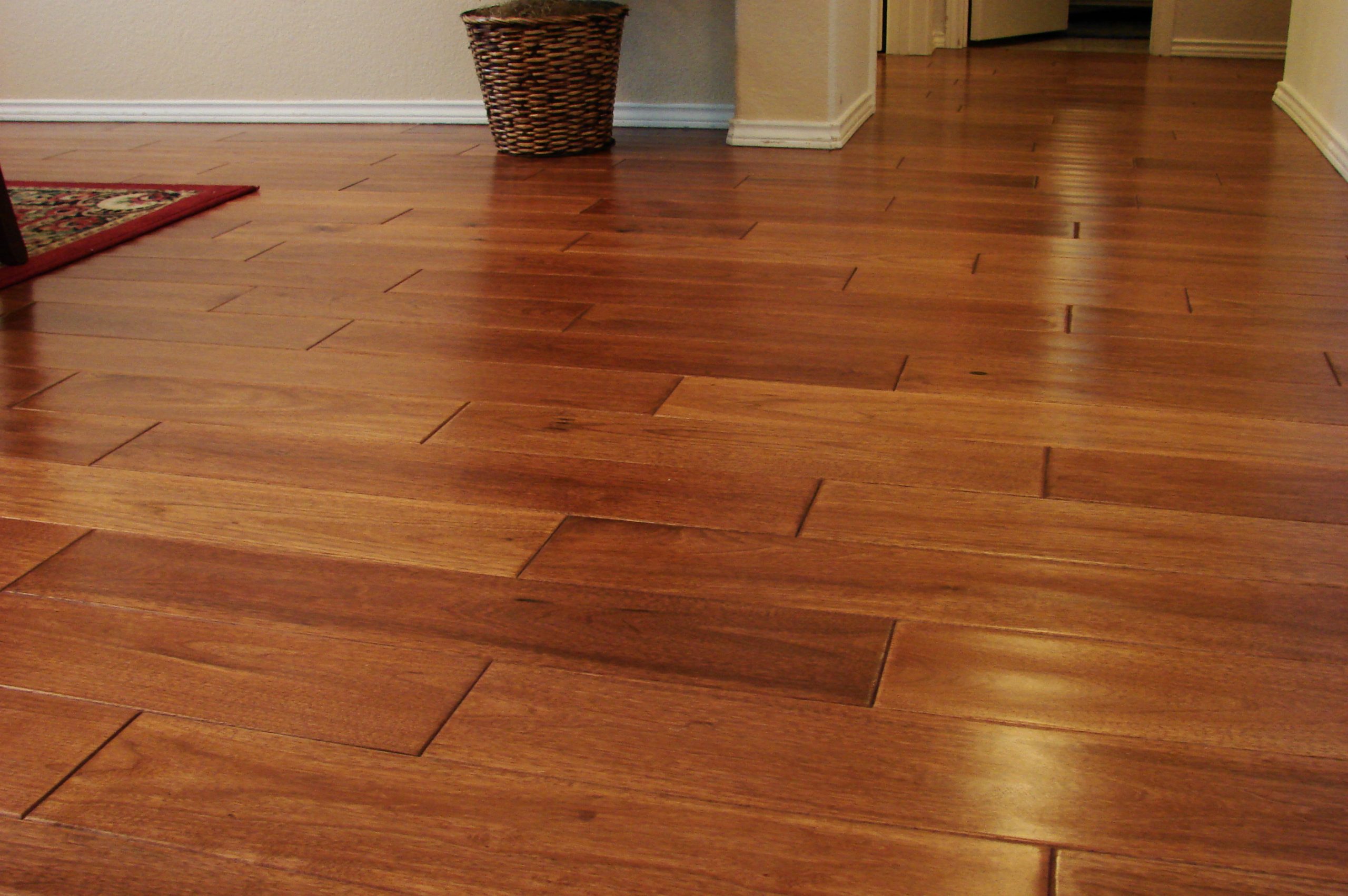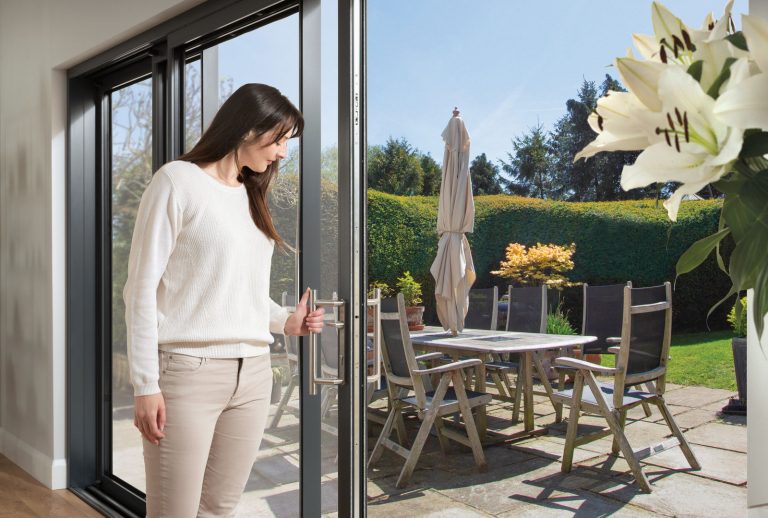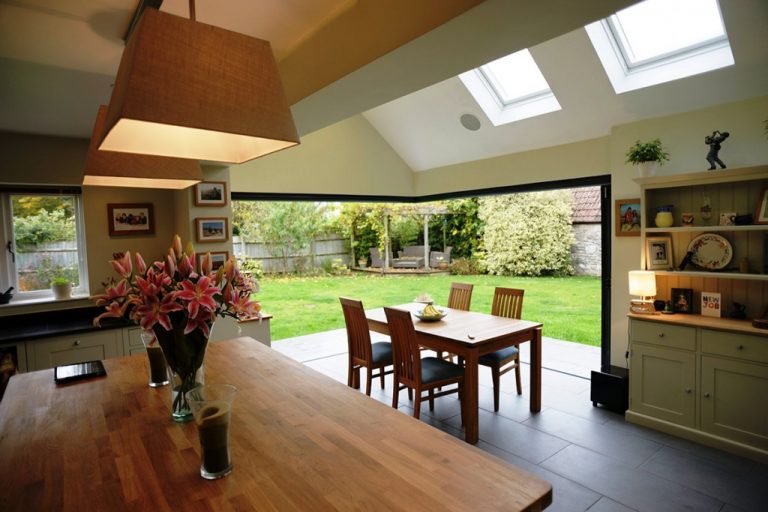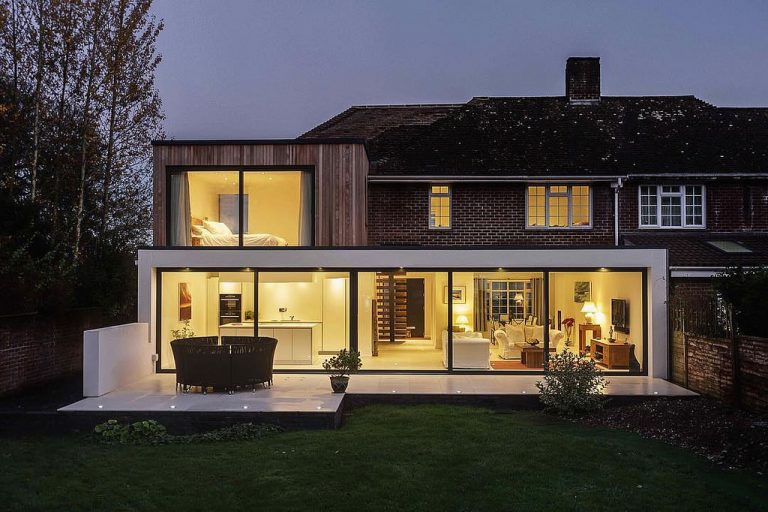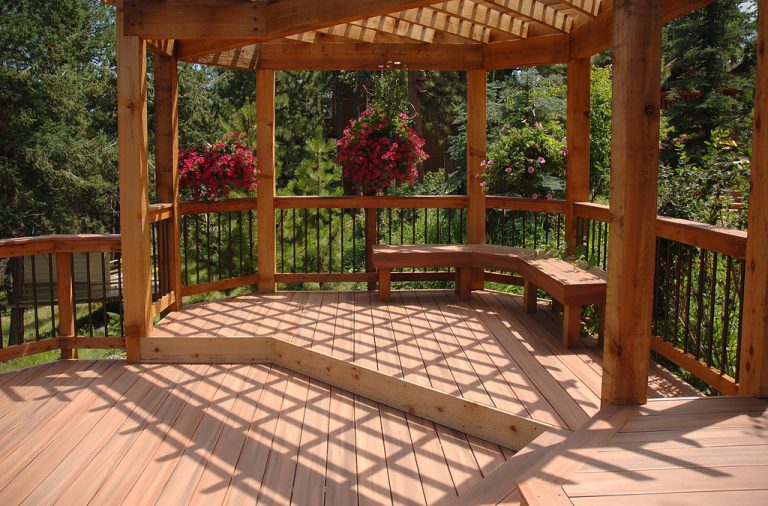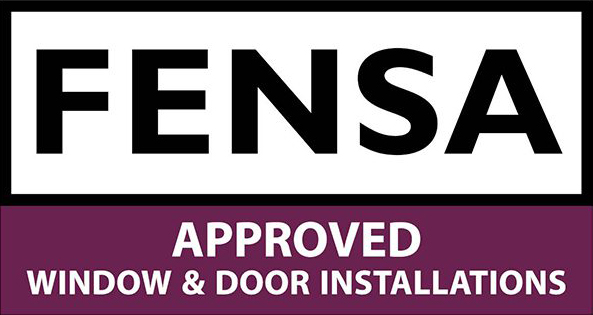There are two different types of underfloor heating. Electric and water, however within these two different systems there are many methods of applying underfloor heating. These methods range from roll on mats to applying the cables yourself.
Electric or ‘dry’ underfloor heating works by heating up electrical wires installed beneath your floor. These wires are usually placed on insulation to make sure that the heat travels upwards into the room. With electric heating you can place them under almost any surface meaning they can be used in most houses. The ability to be used in a variety of floors makes them perfect for the keen DIYer as the wires are also easy to put down. This is because some of the best electric underfloor heating comes in a roll on form. Much like garden turf, you roll the heating wires out in their pre-formed shape onto insulation and then cover the top in your surface. Electrical heating is also easily controlled using a simple interface and as it requires no piping it can be placed in any location in the house as long as there is an electrical supply. Electric underfloor heating is easy to install, affordable at £180 for 10 square metres, powerful (depending on situation) and can save you money on conventional heating. All in all it’s a good investment to look into.
Water or ‘wet’ underfloor heating is very different from electric heating. Water heating can still be installed under most floor surfaces and achieve great results, however because of the fact water sources are required the cost is far more to install. ‘Wet’ heating provides large amounts of heat to a single room and like electric heating can replace inefficient radiators if used effectively. But water systems have their limitations as they need a water source, which is harder to achieve than an electrical source. This can result in a lot of work on the floor and also the surrounding plumbing. In some cases this type of heating may not be able to be installed in certain rooms, this is why only a professional can install water systems. DIYers will be disappointed with a lack of input but may be pleased to know that once the expensive installation is complete the source of energy can be cheap, as alternative energy such as solar power can save huge amounts of money. Water underfloor heating achieves the great results of electric underfloor heating but faces limitations and high costs. However if used correctly in the right space it can save you money and replace older heating systems.
To conclude; both systems have their advantages and disadvantages; they are incredibly efficient at heating homes but only if managed in the correct way by the owner. They can replace inefficient radiators; however underfloor heating takes longer to heat up. The differences between electric and water powered heating are mainly based around cost and flexibility. With water, power is limited to where plumbing is available and it having to be installed by a professional. Whereas a confident DIYer could lay electrical underfloor heating anywhere there is electrical power. The success and cost effectiveness of underfloor heating is down to how it is used, how often and how well it has been planned. If it is laid in the biggest room in the house and the radiators are taken away then it will struggle to heat the whole room effectively. Whereas if it is added to a tiled bathroom where cold feet are a shock in the morning it can be incredibly useful. Overall they are great products and if you are looking to modernise your home they should certainly be investigated.

